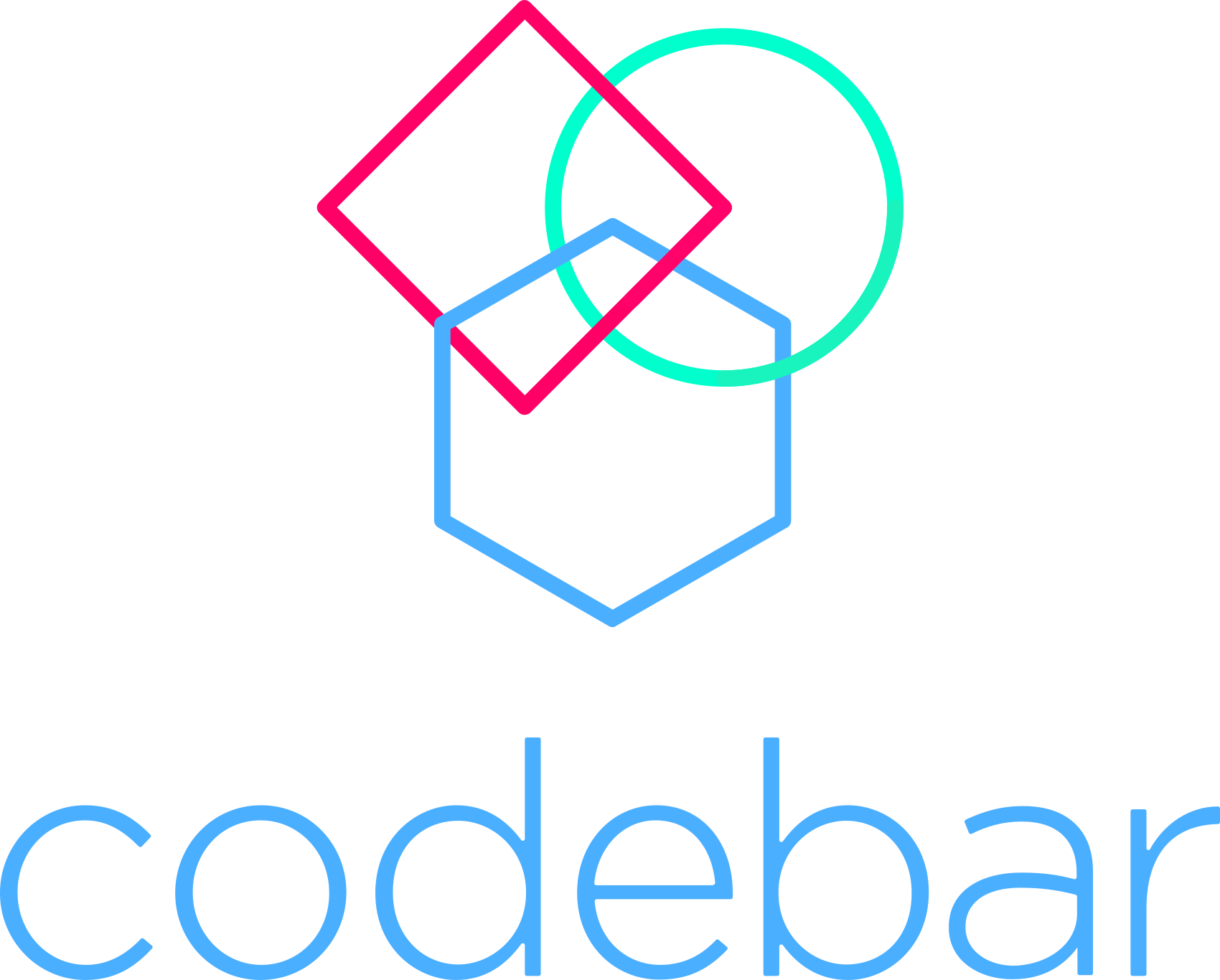Tips for writing a great talk proposal.
The Call For Speakers is an ask for you to submit the talk titles and descriptions for talks you would like to present at the DDD East Midlands Conference.
Submissions can be made at this Sessionize link and are editable until the closing date of the 10th April 2023.
Why submit to DDD East Midlands? 🙌🏽
You may be nervous about the submitting a talk. It could even be your first time going through this process. There are a few reasons why you should chose to submit to DDD East Midlands.
Anonymised voting
The talk titles and descriptions are shown to attendees, with details about the speaker and where they work stripped from the detail. This means when the attendees vote on what talks they would like to see at the conference, they are unlikely to know who is presenting the talk.
One of the reasons we do this is that is gives all speakers a chance of being selected without their name, experience or where they work for being considered.
Speaker support
For those who want it, we will offer support. This year we may not be able to host the speakers workshop, but we will at least organise for mentorship.
We are lovely!
The crew and team of DDD East Midlands try to make an accessible and friendly conference. Our attendees are supportive and kind. Every bit is a representation of the amazing East Midlands community. We’ll look after you.
Coming up with an idea 💭
If you are struggling with deciding or identifying what you can talk about, read our post How To Talk Part 1 - Coming up with a talk which was written in 2019.
What do you mean by talk proposal?
A talk proposal is a short summary describing your talk. There are a few different words, phrases and acronyms which can refer to this tricky little devil, including:
- CFP / Call For Papers / Call For Proposals
- CFS / Call For Speakers
- Abstract
- Summary
What is the purpose of it?
There are a few uses to the talk proposal:
- To sell your talk to whoever selects talks for the event you are applying to.
- To ensure alignment between your topic area and the events “theme”.
- To sell your talk to attendees.
In just a few words you need to describe what your talk is about and make it sound interesting so people want to hear it. That’s not an easy task.
At DDD East Midlands you will be selling your talk to the attendees. They get to vote on the talks they want to see before the day, with the most popular being selected. On the day itself, there are three streams of talks, so attendees will be picking between three talks at each time slot, which is where the strength of your proposal comes into play again. Your proposal will convince attendees that they want to see your talk over the competing talks in that time slot.
This is one of the things that can help you get selected to speak, but also gather the right audience to your talk.
I know, too many people coming to hear you speak does sound scary but from personal experience, it’s not as scary as talking to one solitary person in a room. That starts to feel really personal.
Create a Title 📎
Keep the title short if you can. The style is up to you. You can keep it clear and professional, have it vague to make people read your talk description or make it sound like click bait.
Creating a title is hard. It isn’t just you, we all find this bit tricky.
Remember the Code of Conduct
Don’t use titles that suggest innuendo or may be offensive. Any titles that could be considered inflammatory we will ask the authors to change before we share the submission.
Tips for Writing your talk proposal
A couple of weeks ago we shared the blog post Coming up with a talk. This provides some suggestions for you when trying to come up with talk ideas.
Sell your story and state it’s purpose
Talk proposals are a pitch. In a short few paragraphs you want to tell your audience what you are talking about, what they will take away from your talk, and why your presentation is the one they want to see.
There may be multiple people submitting in the same topic area as you. This is your chance to stand out against the other submissions.
It needs to be clear what your talk is about.
- What kind of talk is it? It could be solving a problem or could be a cautionary tale.
- What is included in the talk? What will you cover?
- Who would benefit from attending and what will the gain from coming?
Bullet point the answers to these questions so you are clear about it before writing your talk proposal.
Keep it short
Keep your talk description to two or three short paragraphs maximum. These paragraphs shouldn’t have more than 5 sentences in each (as a rough estimate). Those picking talks won’t have a lot of time or patience to read full essays.
Likewise, make sure you are writing enough to ensure your audience knows what to expect from your talk and to sell it!
Be Clear
It is really important people understand what you are talking about. If you are speaking at a conference, you can also not guarantee all attendees will be native English speakers, so this becomes even more important.
Grammar and spelling.
If you can’t tell already; this is something I struggle with myself. Grammar and spelling are important in making your proposal look well-thought-out and professional. Here’s how I get by:
- Asking someone to proofread what you’ve written
- Using plug-ins such as Grammarly
- Carefully reading aloud to someone what you have written. It doesn’t need to be a person
Write in “Plain English”
English is a wonderfully complex language. There are rationalisations & colloquialisms. If that’s not enough, we make our own internal language and grammar in the groups we interact with.
This resource is an incredibly useful guide to what it means to write in “Plain English”, making your talk proposal more accessible. Being fancy with your language can be alienating and won’t help sell your talk.
Avoid situational language
Every place has its own internal language. This can even be at a departmental level in a business. We have words we use to describe things that only make sense to those working in that environment and context.
You can get away with buzzwords like “microservice” or “blockchain” because let’s face it, they work as a selling point. Even then, if someone who is not in your field of expertise doesn’t understand what you are trying to say, you are cutting out a lot of potential people that would benefit from your talk.
If you need to use acronyms — explain them.
Avoid using acronyms. If you can’t avoid them, put the explicit rendition of them straight after their first use. For example:
Trying to convince your team that TDD is valuable, is a challenge. Many complain that the velocity of output is affected by this practice when a team is unaccustomed to working in this style.
becomes
Trying to convince your team that TDD (Test Driven Development) is valuable, is a challenge. One concern is that is can slow down a team, affecting how much work they complete when they are learning this new way of working.
There are many acronyms used in our industry, and annoyingly, a lot of them are used interchangeably.
By writing in this way, more people will understand what you want to talk about and can determine if the content is relevant to them.
Why should people care?
As stated before, talk proposals are selling pitches. One way to help people decide whether they want to see your talk is to tell them why they should care.
Does it help with a personal, technical or business issue? Does it have an advantage over a standard alternative? How will it change others lives or perspectives?
How will your audience find the talk useful?
Somewhere at the beginning of your proposal, state your purpose.
- A common problem your talk solves.
- Is it an entertaining talk that is a break from all the mind-melting in-depth talks.
- Are you inspiring people to change their situation, view on life or work?
- Maybe it’s a warning, what fallacies to avoid that you once fell into.
Tell your readers in a sentence or two what the value of your talk is.
What will the takeaways be? Can the information be applied?
Is this talk some cool general knowledge, opinion piece or a history lesson? Maybe it’s a panel discussion on a topic, a demo of a cool but quirky project you completed?
On the flip-side, you might be giving a tutorial or guide on how to achieve something? Talking about a pattern and the advantages or disadvantages to it. Maybe you are giving people advice they can take away and apply to help them with their career progression or self-confidence.
When we tell our audience what they can take away from our talk, it’s good to know ourselves what kind of takeaway they will have.
Who is it useful to?
Not all talks are going to be useful to everyone. Some are, but that is rare. Think about your audience.
- Is it a high-level talk?
- Is it suited more to a certain speciality or level (i.e. development vs management)?
- Is it suitable for beginners or more for advanced users with some experience in the area?
Make it clear to those people you have information to share, and to those who may not get as much out of your talk that it might not be great for them.
How is it different?
Sadly, applications are always a little competitive. You need to determine what makes your particular take on a topic shine ✨.
In all industries, there tends to be trends and buzzwords. Talk applications tend to follow these themes. Determine before you start writing what makes your take on a topic different from someone else’s.
It might be your talk is based on personal experience or that you are framing a problem in a certain way. You may not even come up with something you think is particularly different and that’s ok. All talks are different because everyone’s perspectives and experiences are different.
If you can think of something, that will help your talk on enter buzzword here stand out against the 15 other submissions on the same topic.
Maybe use a hook.
One way you can do this is with a hook. A hook is something that makes a talk stand out a bit more. A statement that grabs the attention of the audience.
Here are some ways in which you can introduce a hook to your talk:
- “How I Solved This Problem A Lot Of Us Face” or “How To Make This Thing Useful”.
- “Here’s How I Solved A Unique And Interesting Problem”.
- “X For Dummies”, “New Features In Y Explained” or “How I Finally Understood Z”. Things are only easy or simple once you’ve learnt them. There are loads of us looking for help and shortcuts for those things you know, but we haven’t learnt yet.
- Using something quirky or familiar.
One thing I would advise when using a hook — be true to who you are and how you want to present.
Be true to yourself
I’m a little quirky (my friends use the word “charming” but I know that’s a nice way of saying a tad weird). I roll with that. I have a very casual presenting and pitching style, I write the way I talk and think, and that suits me.
Other people are more “professional” with their style. That’s awesome too! That is who they are and how they are comfortable sharing information.
Personality isn’t a bad thing to have or show. Present, write, go through life in a way that is comfortable for you — just so long as you aren’t being hurtful or offensive to anyone else.
Remember the Code of Conduct
I’m sure you are all marvellous, wonderful people and I am being over-cautious with this section, but I’ve seen this go wrong and it is still worth stating. STICK TO THE CODE OF CONDUCT.
This includes your talk titles and descriptions. Two wise men called Bill and Ted once said: “Be Excellent To Each Other And Rock On”. These are words everyone should live by.
- Do not use sexual or aggressive language
- Do not use discriminatory language. ← This is a point people trip up on. This is not just referring to personal characteristics, life choices etc. DO NOT use negative language towards a type of coding language, company you’ve worked for or otherwise.
- Avoid graphic imagery.
Read the code of conduct for the event you are applying to. Make sure you adhere to it.
For inclusivities sake as well, if you have flashing imagery, loud noises or anything that may be detrimental to attendees with specific needs, try to let the organiser know in advance so they can add warnings if needed.
The Structure 📝
Below is an example of the general structure I use for my talk proposals.
Hook and what problem are you solving
Our tech community is full of bright and interesting people each with their unique experiences and points of view. Each and every person has something they can share that some of us would benefit from. You are one of these people. But how do you conquer that first step to submit a talk, and what’s in it for you?
Briefly, what does the talk include?
Let us be your guides through the challenging lands of talk submissions. From picking a topic to structuring the talk summary that will inspire and blow minds and submitting it. Finally, we’ll talk through why you should even think about speaking — it’s a scary thing to do, is it worth it?
Who is it useful for (if applicable) and last hook.
By the end of this talk, you’ll not only be ready to inspire with your words but feel fully prepared to take on the world.
This is one example of a structure. There are many more online. Some people prefer to be briefer, I wouldn’t recommend being too verbose.
Getting feedback 🤔
If you can, don’t just get feedback from your peers or loved ones, but from those who have done this for a while, or have been involved in the conference process.
- You may see offers of feedback or mentorship on social media platforms.
- You could discuss the interest in speaking with someone at a conference.
- If you are brave enough, put yourself out there and ask who might be interested in looking over your abstract’s or talking through your ideas.
Prepare for not being selected 😨
You might not be selected. This is never an easy thing to deal with.
I won’t write about the different ways to cope with rejection here; that is a blog post all of its own. What I will say is when you decide to try to talk, facing rejection is nearly an inevitability. Please don’t let it discourage you.
It is never personal. Sometimes it’s just because there is a lot of fantastic content to choose from. Sometimes there are more reasons than that, that are specific to circumstance. That is why it is good to ask for feedback, to find out what they were looking for, if it matched what you were expecting and if there is anything you can improve on.
As for individual critique, not everyone will be happy with your content and that is fine. You can’t please everyone in life or in literature. Again, it’s not personal, try not to take it too badly and remember: the talks that I haven’t personally enjoyed or benefited from are the ones I can’t remember. I imagine this is the same for others. If the worst case is that you are forgettable to one individual but your content helps and informs one or more person — well, that’s not a bad job really is it?
We can’t wait to see your talks!
If you have any questions, feel free to reach out to any of the DDD East Midlands organisers. We can’t wait to see your submissions! 😁








